Home>Construction & Tools>Building Materials>How To Stain Brick
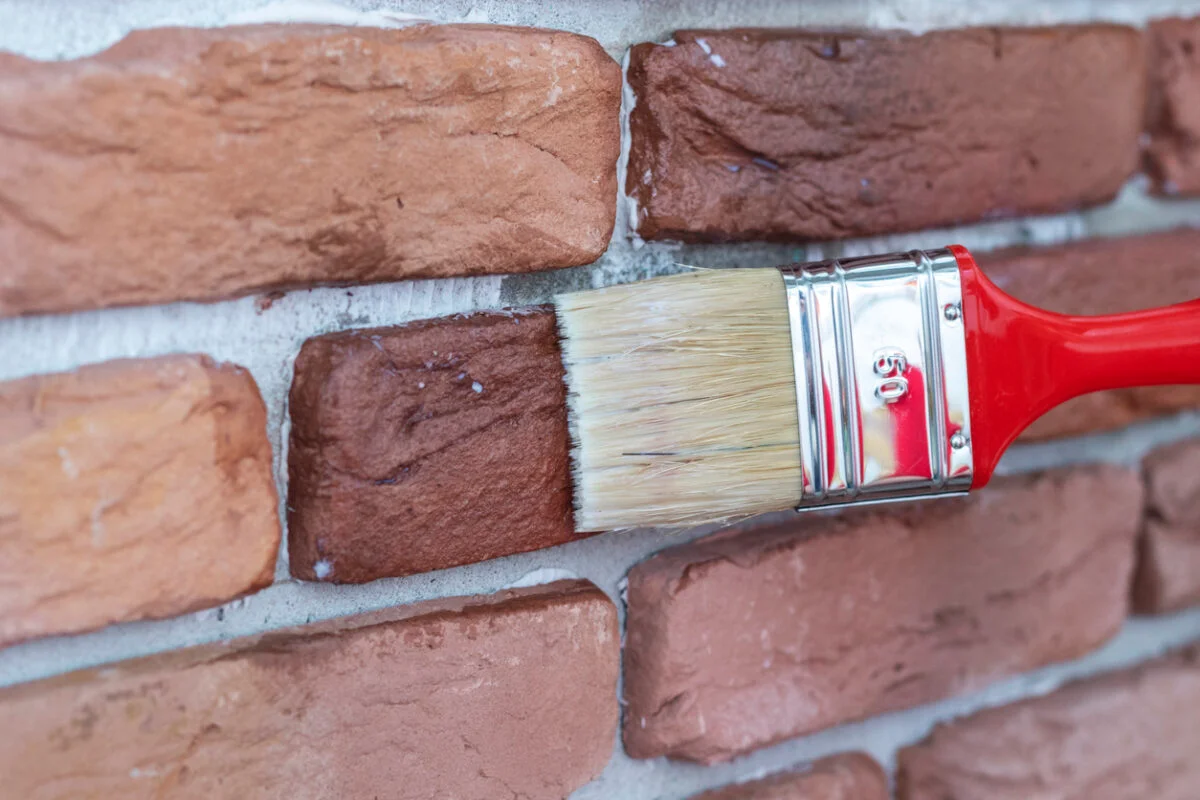

Building Materials
How To Stain Brick
Modified: February 28, 2024
Learn how to stain brick to give your building materials a fresh new look. Discover the best techniques and products for a professional finish.
(Many of the links in this article redirect to a specific reviewed product. Your purchase of these products through affiliate links helps to generate commission for Storables.com, at no extra cost. Learn more)
Introduction
Welcome to the world of brick staining! Whether you’re aiming to revamp the appearance of your home’s exterior or add a touch of character to an interior wall, staining brick can be a transformative and rewarding endeavor. Unlike paint, which conceals the natural texture of the brick, staining allows the inherent beauty of the material to shine through, creating a rich, earthy aesthetic that can elevate the ambiance of any space. In this comprehensive guide, we’ll explore the step-by-step process of staining brick, from preparing the surface to selecting the right stain and applying it with finesse. By the end, you’ll be equipped with the knowledge and confidence to embark on your own brick staining project, infusing your surroundings with timeless charm and visual allure.
Key Takeaways:
- Transform your brick surfaces with staining, revealing their natural beauty while adding warmth and character to your home’s exterior or interior walls. Follow the step-by-step process for professional-quality results and timeless charm.
- Prepare, select, apply, and seal—each step is crucial in the art of brick staining. With the right materials and meticulous care, you can revitalize your surroundings with enduring allure and captivating visual richness.
Read more: How To Stain A Brick Fireplace
Materials Needed
Before delving into the brick staining process, it’s essential to gather the necessary materials to ensure a smooth and successful undertaking. Here’s a comprehensive list of the items you’ll need:
- Brick stain or masonry stain
- Protective gloves
- Eye protection
- Face mask
- Drop cloths or plastic sheeting
- Stiff-bristled brush
- Pressure washer or hose with spray attachment
- Masonry cleaner
- Masonry sealer
- Paint sprayer, brush, or roller
- Paint tray
- Extension pole for paint roller (if applicable)
- Painter’s tape
- Stir sticks
- Bucket
- Measuring cup
- Protective tarp or plastic sheeting for surrounding areas
- Appropriate clothing and footwear
- Respirator or mask suitable for chemical fumes (if using solvent-based stain)
- Applicator pads or sponges (if using water-based stain)
By ensuring that you have all these materials on hand, you’ll be well-prepared to proceed with each phase of the brick staining process, from surface preparation to the final sealing step. With the right tools at your disposal, you can approach the project with confidence and precision, achieving professional-quality results that enhance the visual appeal of your brick surfaces.
Preparing the Surface
Before diving into the exciting world of brick staining, it’s crucial to prepare the surface thoroughly to ensure optimal adhesion and a flawless finish. Here’s a step-by-step guide to prepping your brick surface:
- Clean the Brick: Begin by removing any dirt, dust, and debris from the brick surface. A pressure washer or hose with a spray attachment can be incredibly effective for this task. For stubborn stains or areas with heavy soiling, a masonry cleaner and stiff-bristled brush can be employed to achieve a deep clean.
- Allow for Drying Time: After cleaning the brick, allow sufficient time for the surface to dry completely. This is essential to ensure that the stain adheres properly and that moisture does not interfere with the staining process.
- Mask and Protect Surrounding Areas: Use painter’s tape and protective tarp or plastic sheeting to cover and shield adjacent surfaces, such as windows, doors, and landscaping, from accidental staining. Taking this precaution will help maintain a tidy and controlled work environment.
- Wear Protective Gear: Prior to applying the stain, don protective gloves, eye protection, and a face mask to safeguard yourself against potential splatters and fumes.
By meticulously preparing the brick surface, you’ll set the stage for a successful staining process, ensuring that the stain adheres evenly and beautifully to the substrate. This attention to detail during the preparation phase will ultimately contribute to a stunning and long-lasting result, allowing the natural beauty of the brick to shine through in all its glory.
Choosing the Stain
When it comes to brick staining, selecting the right stain is a pivotal decision that can significantly impact the final outcome. The choice of stain not only influences the color and aesthetic appeal of the brick but also determines the level of protection and durability it provides. Here are key factors to consider when choosing a brick stain:
- Type of Stain: Brick stains are available in two primary formulations: water-based and solvent-based. Water-based stains are known for their ease of use, low odor, and environmental friendliness, making them an excellent choice for interior applications. On the other hand, solvent-based stains offer exceptional durability and are often preferred for exterior surfaces, providing enhanced resistance to weathering and UV exposure.
- Color Options: Consider the desired aesthetic impact and compatibility with the surrounding elements when selecting a stain color. Whether you prefer earthy terracotta tones, rich espresso hues, or a custom blend to complement your design vision, a wide array of color options is available to suit diverse preferences and architectural styles.
- Translucency and Texture: Evaluate the translucency and texture of the stain to ensure that it aligns with your vision for the brick surface. Some stains offer a more opaque finish, concealing the natural variations in the brick, while others allow the inherent texture and character of the material to shine through, creating a nuanced and authentic appearance.
- Longevity and Protection: Assess the stain’s protective properties, including resistance to fading, moisture penetration, and microbial growth. A high-quality stain should not only enhance the visual appeal of the brick but also safeguard it against environmental stressors, preserving its allure for years to come.
By carefully considering these factors and exploring the diverse options available, you can make an informed decision when choosing a brick stain that aligns with your aesthetic vision, performance requirements, and the specific characteristics of the brick surface. This thoughtful selection process sets the stage for a successful staining endeavor, culminating in a visually striking and enduring transformation of your brick surfaces.
Before staining brick, make sure to clean the surface thoroughly to remove any dirt or debris. Use a high-quality masonry stain and apply it evenly with a brush or sprayer for best results.
Applying the Stain
With the surface meticulously prepared and the ideal stain selected, it’s time to embark on the exciting phase of applying the stain to the brick. This pivotal step requires precision, patience, and a methodical approach to achieve a seamless and visually captivating result. Here’s a detailed guide to applying the stain with finesse:
- Test the Stain: Before proceeding with the full application, it’s advisable to conduct a small test patch in an inconspicuous area to assess the color and absorption of the stain. This allows you to fine-tune the application technique and ensure that the desired hue and finish are achieved.
- Prepare the Stain: If using a water-based stain, gently stir the product to ensure uniformity without creating bubbles. For solvent-based stains, follow the manufacturer’s instructions for proper mixing and preparation. It’s essential to work with a well-mixed and consistent stain for optimal results.
- Apply the Stain: Depending on the size of the area and personal preference, the stain can be applied using a paint sprayer, brush, or roller. Begin with a small section to master the technique before progressing to larger areas. Work methodically, ensuring even coverage and paying attention to any drips or pooling of the stain.
- Blend and Feather: To achieve a natural and harmonious appearance, blend the stain seamlessly across the brick surface, feathering the edges to avoid abrupt transitions between stained and unstained areas. This technique contributes to a uniform and aesthetically pleasing result.
- Allow for Absorption: After applying the stain, allow it to penetrate and be absorbed by the brick according to the manufacturer’s recommended dwell time. This step is crucial for the pigment to bond with the substrate and establish the desired color intensity.
- Inspect and Adjust: Once the stain has been absorbed, inspect the surface for any irregularities or areas requiring touch-ups. Address any inconsistencies promptly to maintain a consistent and polished appearance throughout the entire stained area.
By following these guidelines and approaching the staining process with meticulous care and attention to detail, you can achieve a flawlessly stained brick surface that exudes warmth, character, and enduring allure. The application phase is where the transformative power of brick staining truly comes to life, infusing your surroundings with timeless charm and visual richness.
Read more: How To Stain A Brick Fireplace
Sealing the Brick
Once the brick surface has been impeccably stained, the final crucial step is to seal the brick to enhance its longevity, protect against the elements, and preserve the rich, lustrous finish. Sealing the stained brick serves as a safeguard, shielding it from moisture, UV exposure, and potential wear and tear. Here’s a comprehensive guide to sealing the brick after staining:
- Select the Appropriate Sealer: Choose a high-quality masonry sealer specifically formulated for brick surfaces. Consider factors such as breathability, UV resistance, and longevity when selecting the ideal sealer for your project.
- Prepare the Surface: Ensure that the stained brick surface is clean, dry, and free of any residual dust or debris. Any contaminants present during the sealing process can compromise the effectiveness of the sealer and impact its adhesion to the substrate.
- Apply the Sealer: Utilize a paint sprayer, brush, or roller to apply the masonry sealer evenly across the stained brick surface. Work in manageable sections, ensuring thorough coverage and paying attention to any drips or excess sealer accumulation.
- Allow for Absorption and Drying: After applying the sealer, allow it to penetrate the brick and cure according to the manufacturer’s guidelines. This dwell time is essential for the sealer to form a protective barrier and bond with the stained surface effectively.
- Inspect and Touch-Up: Once the sealer has dried, inspect the surface for any inconsistencies or areas requiring touch-ups. Address any imperfections promptly to maintain a uniform and resilient seal across the entire stained brick area.
- Revel in the Enhanced Beauty and Protection: With the brick sealed, take a moment to appreciate the enhanced luster, depth of color, and fortified resilience of the stained surface. The sealer not only amplifies the visual allure of the brick but also fortifies it against environmental stressors, ensuring its lasting beauty for years to come.
By following these meticulous steps and adhering to best practices for sealing stained brick, you can safeguard the surface against the elements and preserve its captivating aesthetic appeal. The sealing process represents the final touch in the transformative journey of brick staining, elevating the allure and durability of your brick surfaces to new heights.
Conclusion
Congratulations on embarking on the captivating journey of brick staining! As you’ve discovered, this process offers a remarkable opportunity to breathe new life into your surroundings, infusing them with warmth, character, and enduring beauty. From the meticulous surface preparation to the thoughtful selection of stain and the precise application and sealing, each step plays a pivotal role in the creation of a visually striking and resilient brick surface.
By embracing the art of brick staining, you’ve unlocked the potential to revitalize your home’s exterior, add a touch of charm to interior walls, or elevate the ambiance of any space with the timeless allure of brick. The rich, earthy tones and natural texture of stained brick create an inviting and captivating aesthetic that stands the test of time, enriching the visual tapestry of your environment.
As you embark on your own brick staining project, remember to approach each phase with care, patience, and a keen eye for detail. Whether you’re seeking to achieve a rustic, weathered patina or a sleek, contemporary finish, the art of brick staining offers boundless creative possibilities to bring your vision to life.
With the comprehensive knowledge and insights gained from this guide, you’re well-equipped to embark on your brick staining journey with confidence and creativity. Embrace the transformative power of brick staining, and revel in the enduring beauty and character it imparts to your surroundings.
May your stained brick surfaces stand as a testament to your craftsmanship and artistic vision, enriching your living spaces with timeless charm and visual allure for years to come.
Frequently Asked Questions about How To Stain Brick
Was this page helpful?
At Storables.com, we guarantee accurate and reliable information. Our content, validated by Expert Board Contributors, is crafted following stringent Editorial Policies. We're committed to providing you with well-researched, expert-backed insights for all your informational needs.
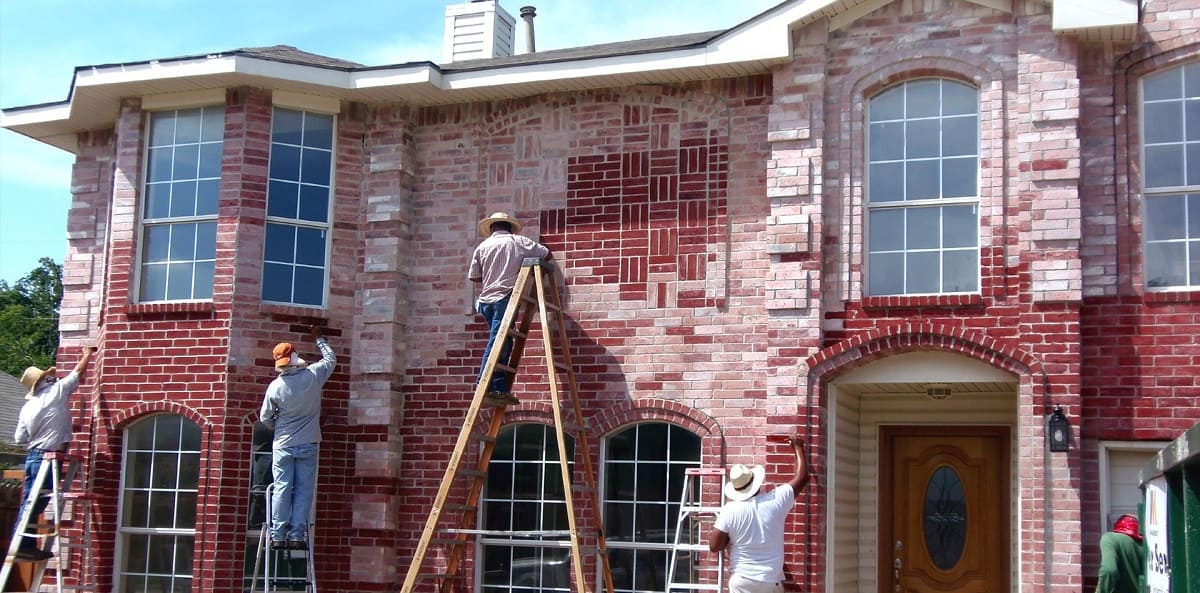
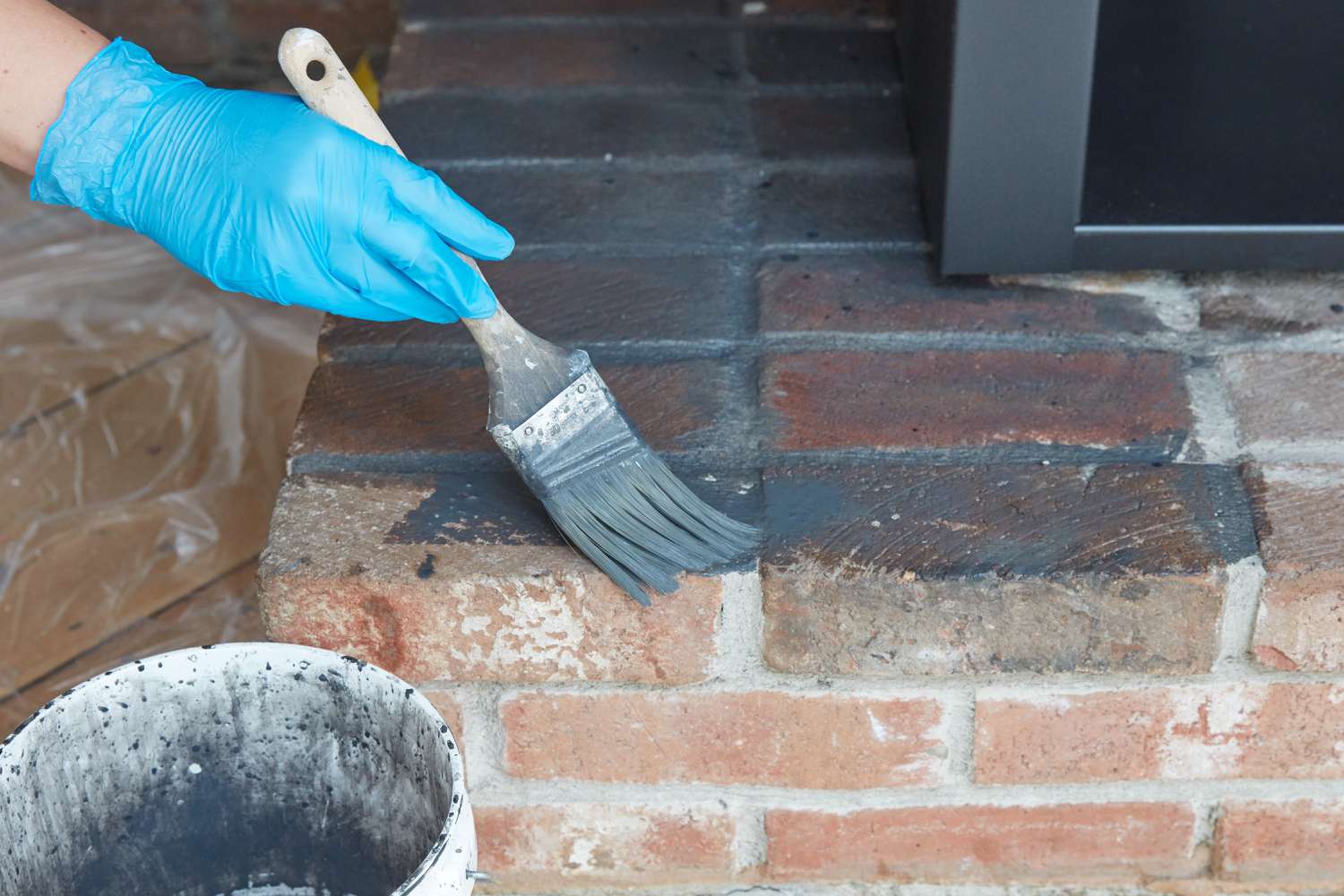
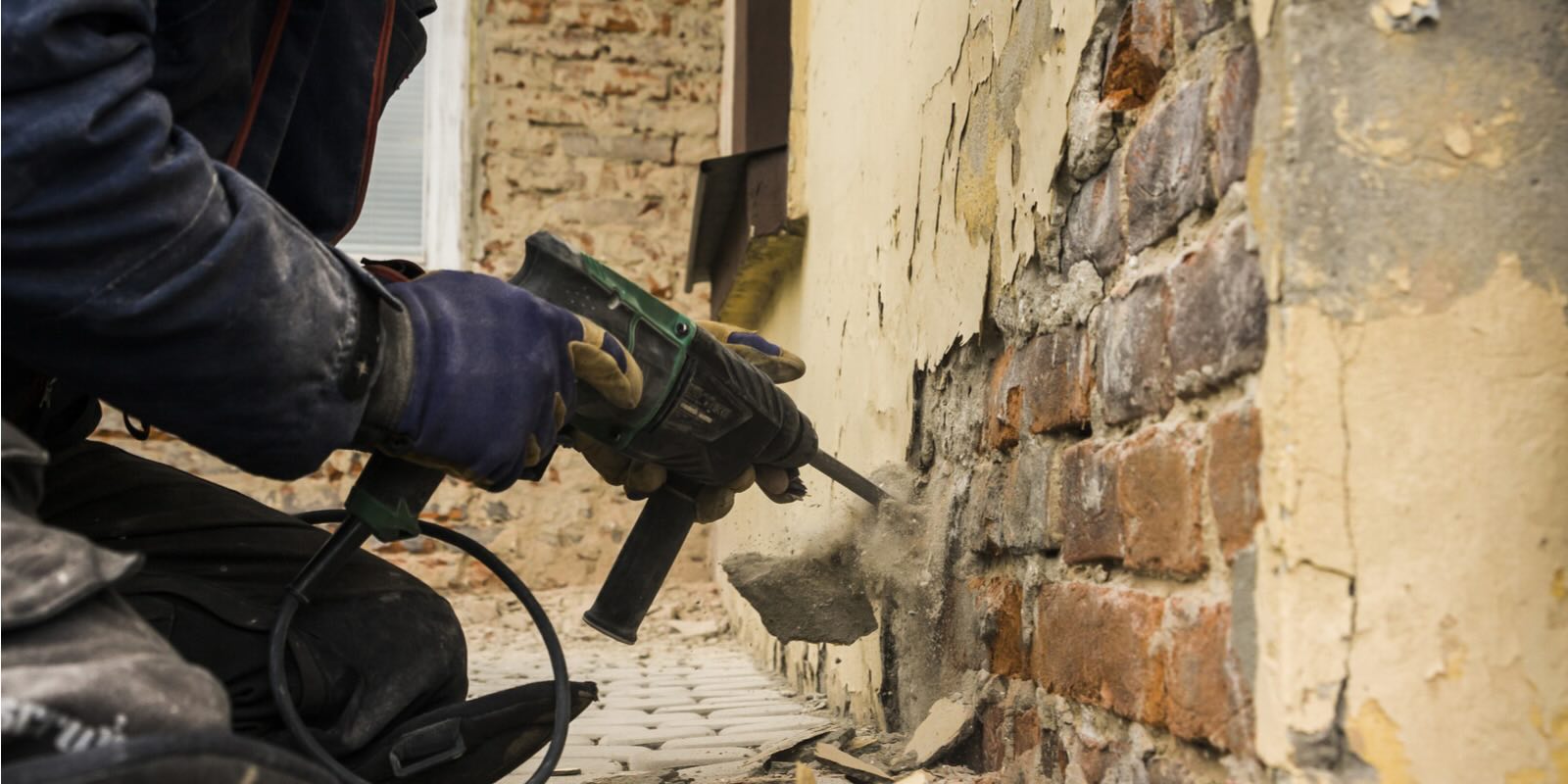
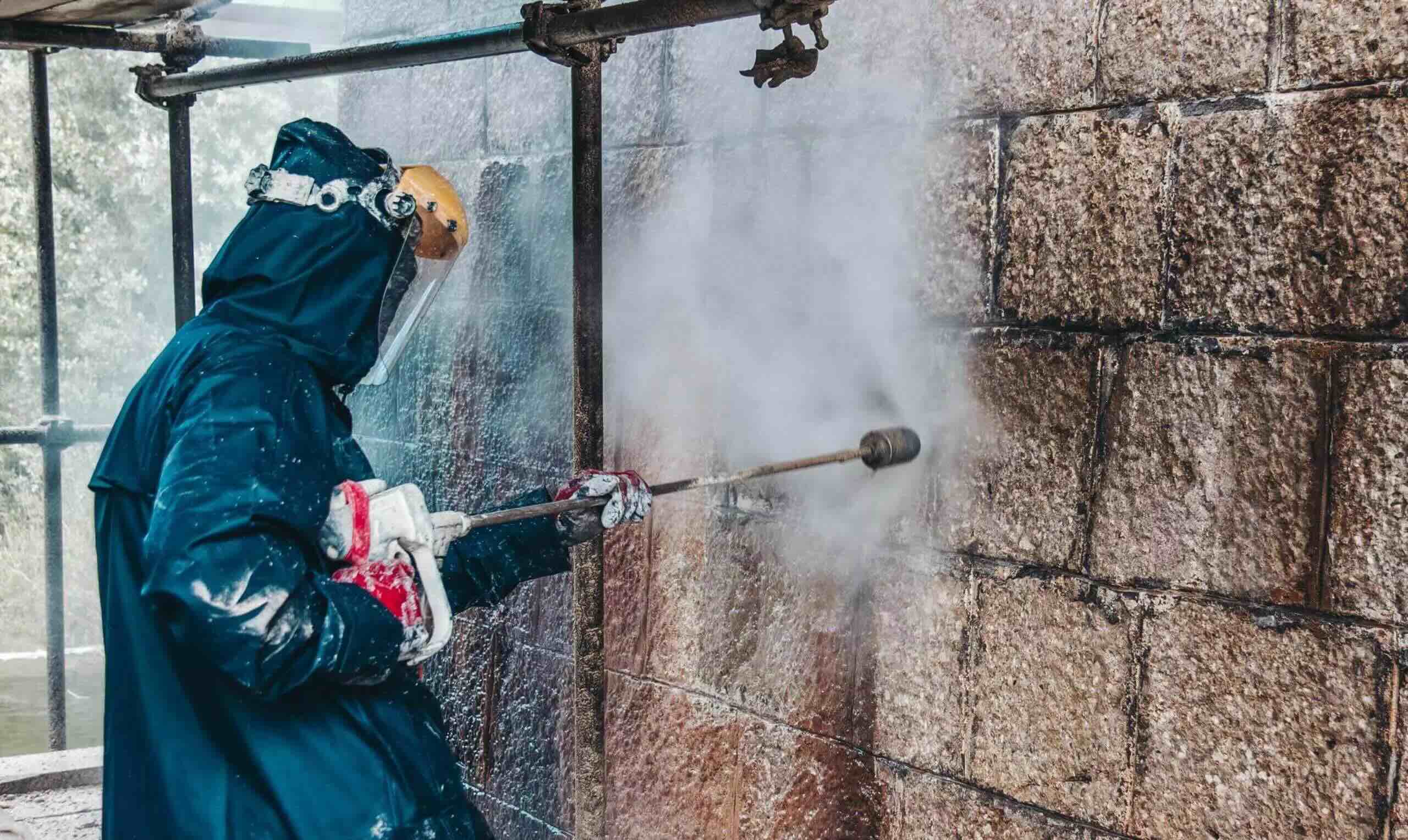
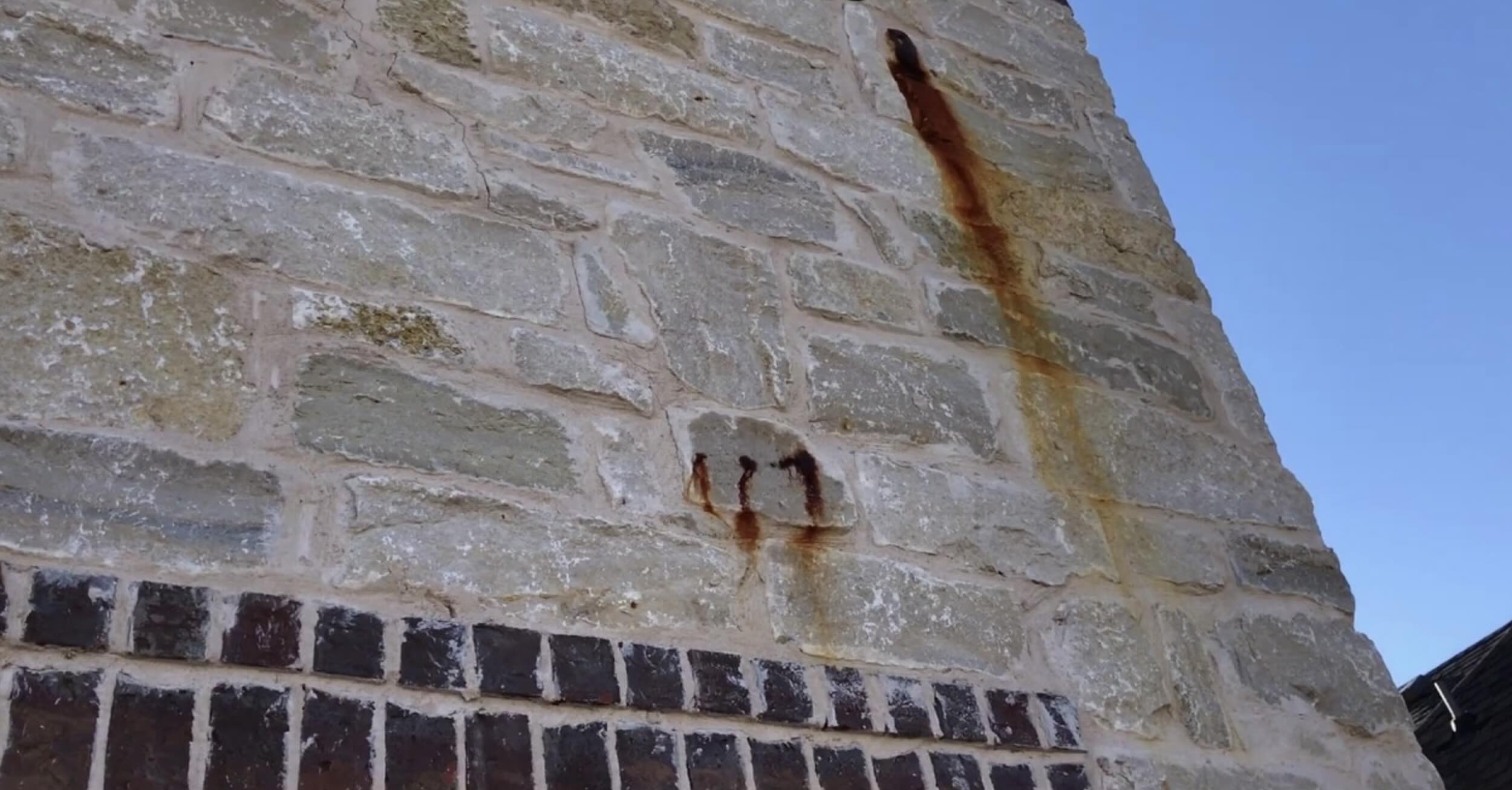
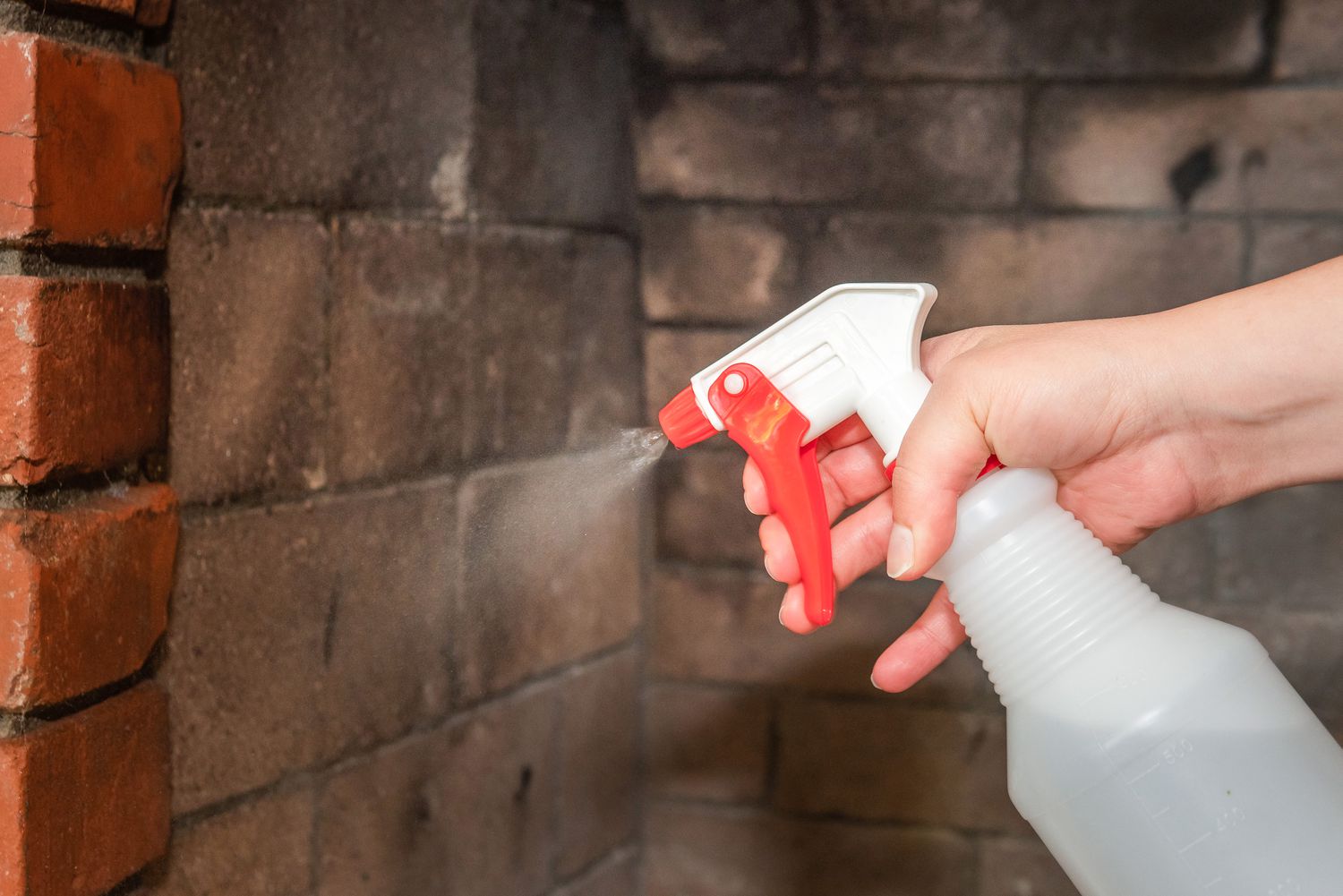
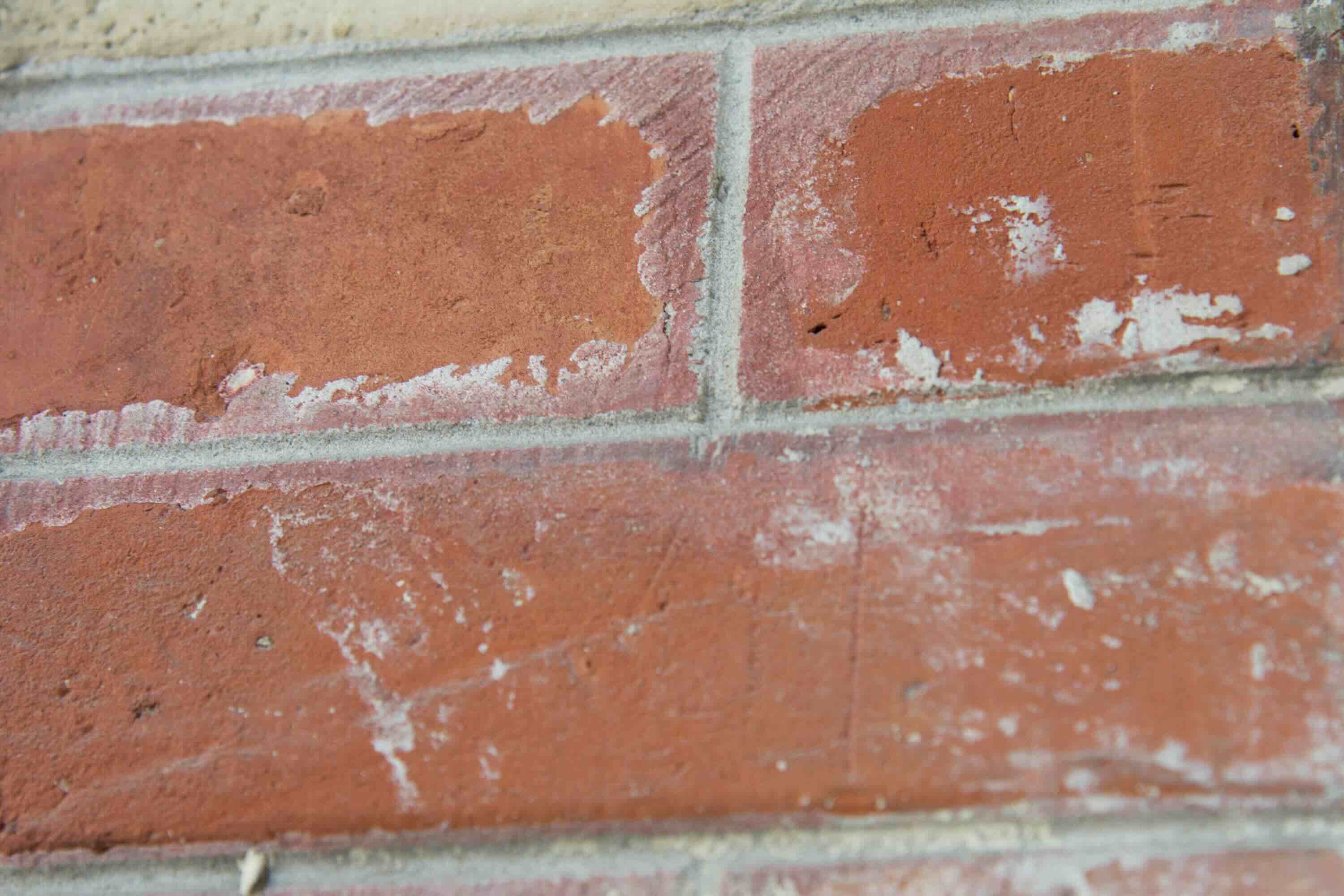
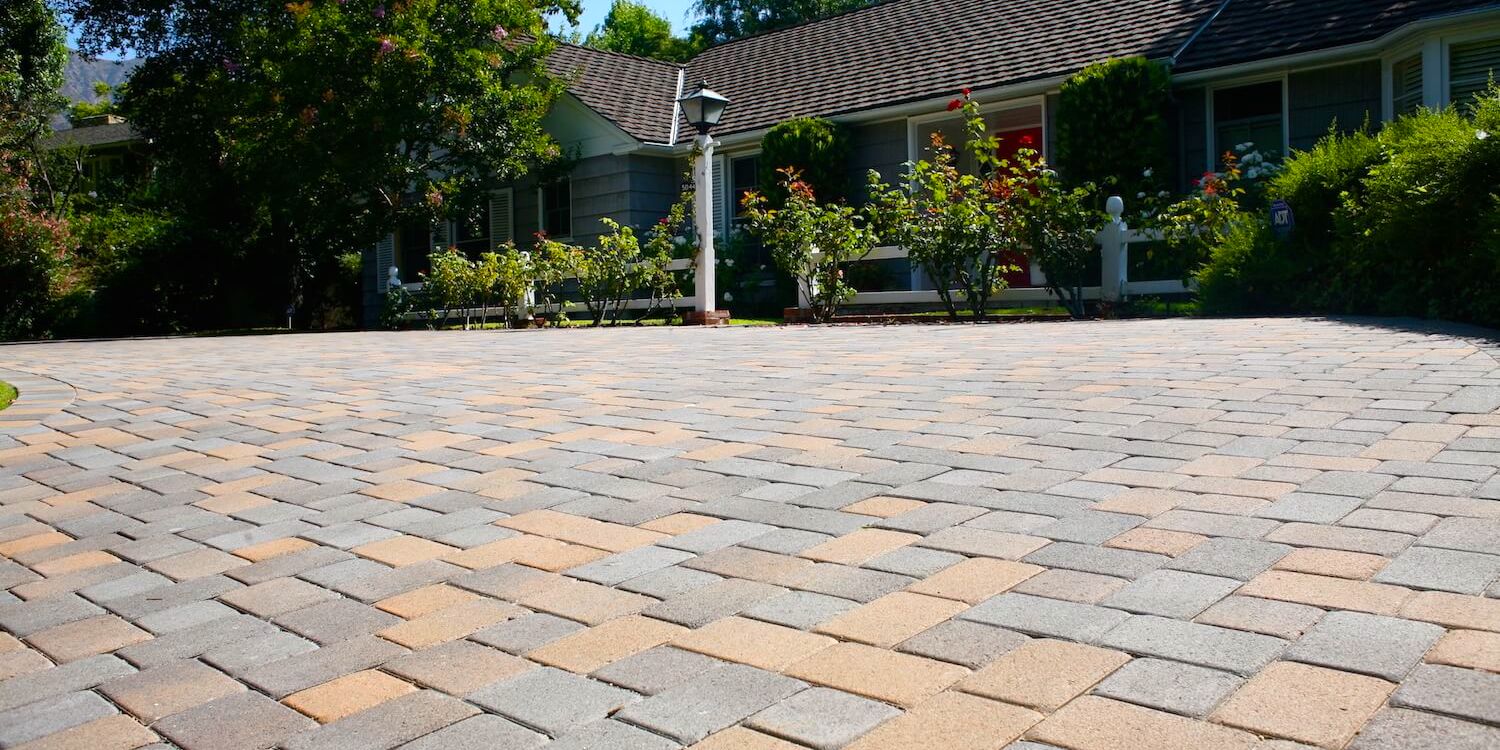
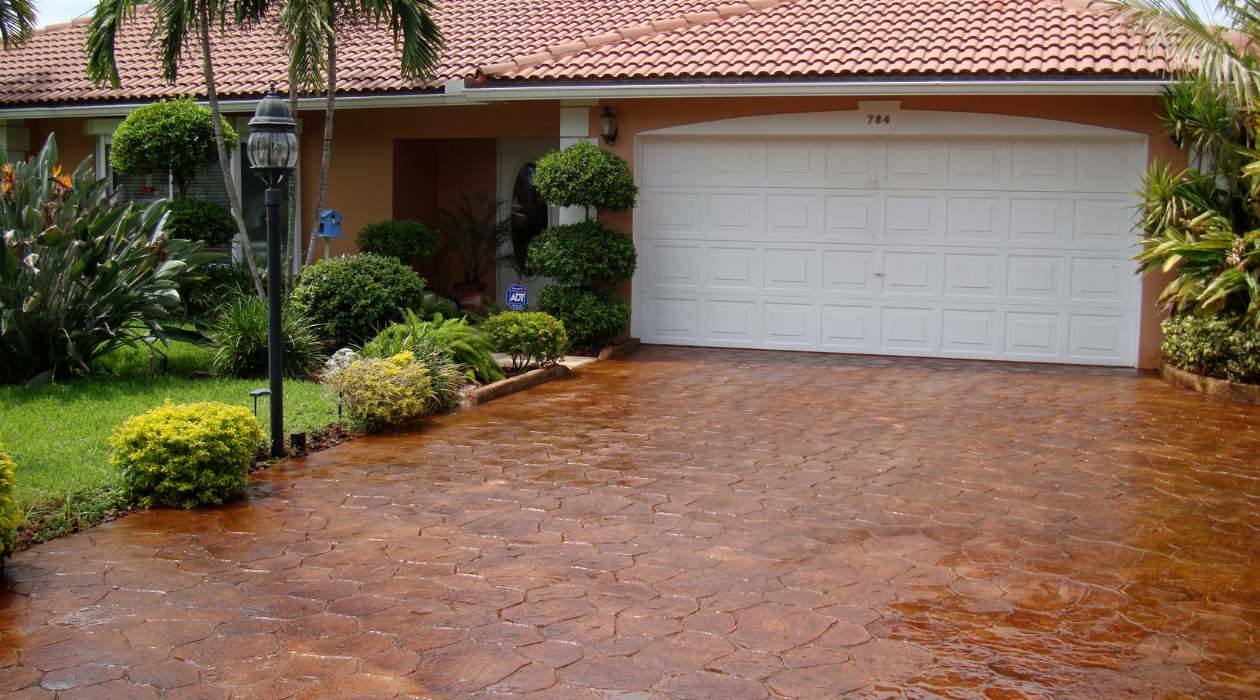
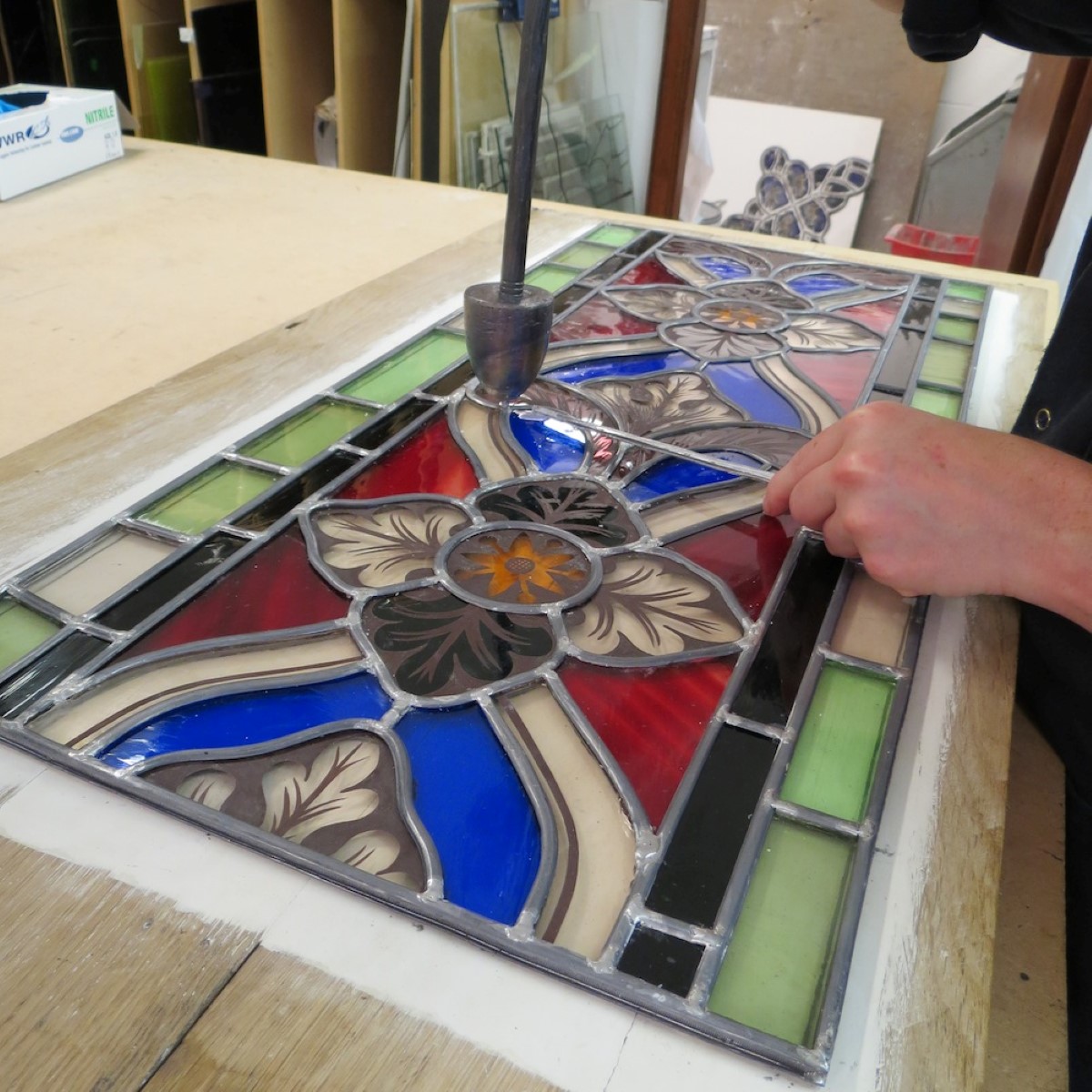


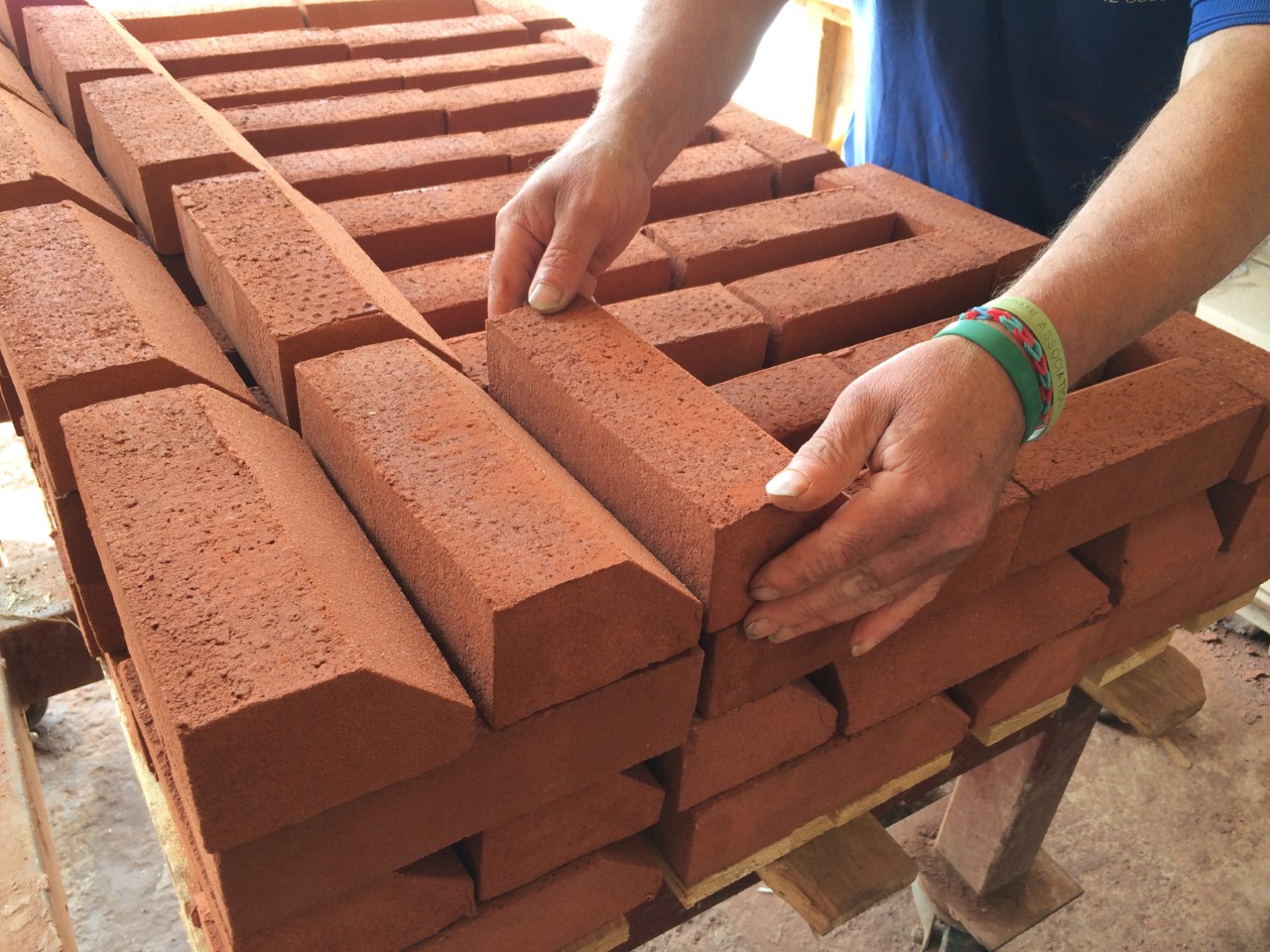
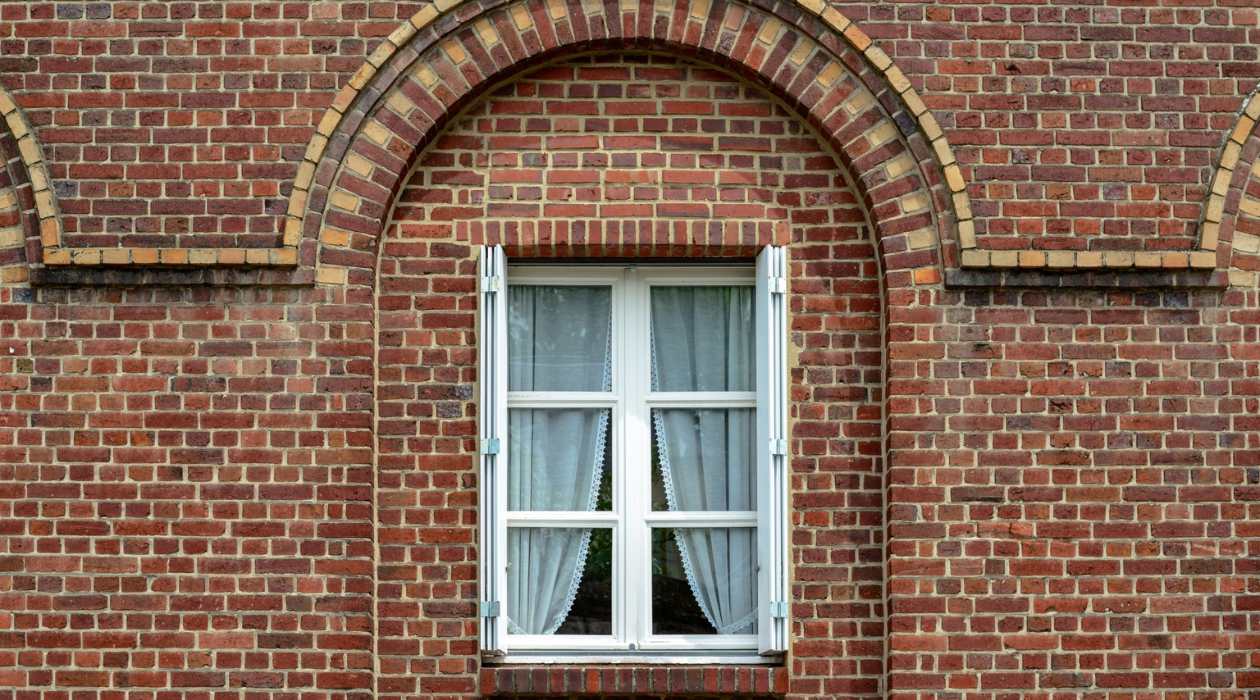

0 thoughts on “How To Stain Brick”